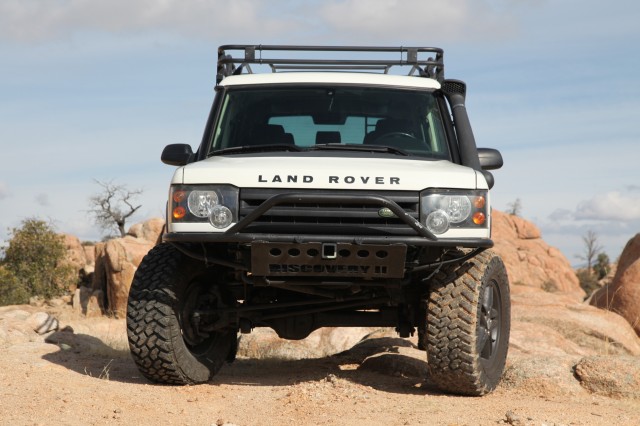It would be an obvious assertion to say that overlanders have traditionally favored the wagon, or contemporary SUV, as the preferred platform for overland travel. Rolling back the clock a few decades, the trucks of choice were variations on the Land Rover Series wagons, Land Cruisers of one generation or another, and while not as common, included the Nissan Patrol and Mercedes G-Wagen. Not all that long ago the list swelled to include the Discovery, Range Rover, Trooper, 4Runner, FJ Cruiser, Jeep Wrangler, Xterra and a host of others. The wagon has proven itself, if by sheer numbers alone to be the go-to platform for prolonged off-road travel. That trend may be changing, at least in North America, as more consumers turn to pickups.
Propelling the shift from wagon to pickup are a handful of compelling variables, perhaps the most obvious is the radical decrease in the number of wagons suitable for our pursuits. As many SUVs become more pavement biased, or discontinued altogether, it would seem the pickup segment is getting broader and more interesting with every successive model year.
This begs the question: Which is better for overlanding, a pickup or a wagon?
The wagon’s primary advantage for many years had everything to do with the ability to accommodate four passengers in equal comfort. The advent of the double cab pickup made this less of a differentiator, and made the argument largely about what goes on aft of those two rear seats. Another consideration had to do with the rather spartan appointments of the average pickup, something that clearly no longer applies to today’s pickups. There was also a viable argument to be made about off-road proficiency, but that too is becoming less influential in the decision to chose one over the other. If we do our best to isolate the pros and cons, the list might look something like this:
Wagon Pros:
- Without overstating the obvious, a wagon is fully enclosed and ready to go without the need to cover the cargo area with an extra component like a camper shell or cover.
- Wagons put all of the truck’s contents within direct access of the front driver and passenger area.
- The interior of a wagon is often finished with carpet, insulation, and other materials making for a quieter and more climate controlled living space for more comfortable sleeping if the dimensions accommodate a sleeping platform.
- For those who do sleep within a wagon, access to the driver’s seat is unobstructed and can make for an easy “getaway” or simply allows the driver to start the vehicle without exiting the vehicle first.
- Some argue access to the cargo area is easier in a wagon, which is ideal for daily driving duties. Side doors and a rear gate offer easy reach to the interior.
- Wagons have large rooflines which can be better suited for some roof racks and hauling certain items like kayaks, canoes, boards, etc.
- Wagons almost invariably have weather sealing throughout to seal out dust and weather.
- It is arguable that securing contents within a wagon is easier to achieve than with a pickup whereby additional coverings and locks are required.
Pickup Pros:
- The versatility of the open bed permits the use of the vehicle to transport oversized items like motorcycles and other large pieces of gear.
- The cargo area is considerably larger than most wagons and typically offers a higher payload capacity.
- The cargo area can be used to accommodate a slide-in camper, pop-up habitat, or hard camper shell.
- The cargo area can be used to haul items you may not otherwise want within the enclosure of a wagon. This includes things like wet or dirty gear and other things not suited for a carpeted cargo area.
Wagon Cons:
- The cargo space aft of the rear seats is often smaller than even the more compact pickup beds on the market.
- Even with the rear seats folded down or removed, many wagons lack the space to sleep within the vehicle comfortably or at all.
Pickup Cons:
- It’s not ideal to simply toss all of your gear in the back without some protective cover, or means of securing the load and protecting it from theft or damage.
- Cargo is not accessible from the driver/passenger area.
- If you chose to sleep in the bed of the truck, the only access to the cab is to either exit the bed of the truck or enter the cab through the rear window if possible.
If you evaluate the pros and cons, there is nothing to say that one platform is superior to the other. The needs and wants of the individual will determine which option is best for them. The pickup does offer the most flexibility, particularly with living habitat options. The wagon still seems to embody the overlanding spirit perhaps better than the pickup, but that is purely from a romanticized perspective. Say the word overlanding and images of wagons will often come to mind long before those of a Ford F-150.
The verdict here is inconclusive. Individual needs will prevail and there remains no definitive solution relative to the wagon over the pickup. For this head to head, we may have on our hands, a proper draw.







